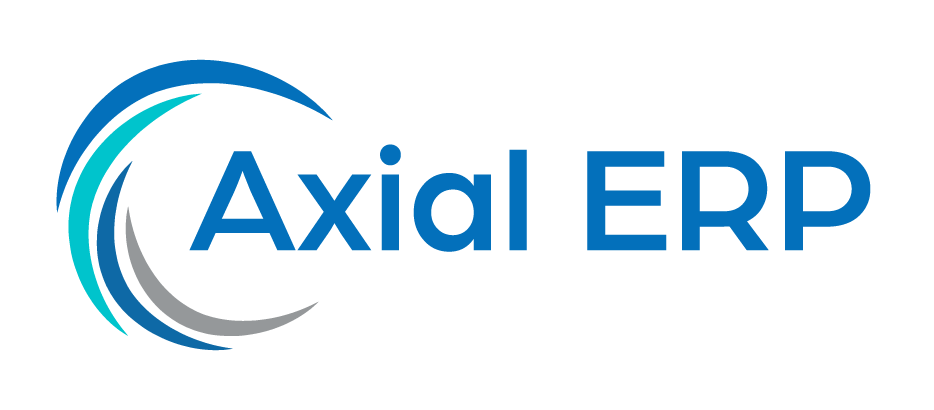The Revolution of Purchase Order Automation in ERP Systems
Business management has undergone a significant transformation with the incorporation of Enterprise Resource Planning (ERP) systems. Within these platforms, purchase order automation has become a powerful tool to improve efficiency, reduce errors, and optimize workflow in organizations. Throughout this article, we will explore how purchase order automation in ERP systems is changing the landscape of business purchasing and the tangible benefits it brings to implementing companies.
What is Purchase Order Automation?
Purchase order automation is the process of using technology to manage and simplify the electronic creation, approval, tracking, and payment of purchase orders. This system replaces manual tasks with digital solutions, allowing companies to streamline their purchasing processes and focus on more strategic tasks.
Integration of Purchase Order Automation in ERP Systems
ERP systems are software platforms that integrate and automate many of the business practices associated with a company’s operations or production. Integrating purchase order automation into ERP systems allows purchase data to synchronize with other areas of the company, such as inventory, accounting, and customer relationship management (CRM), providing a unified view of the company’s operations.
Benefits of Purchase Order Automation in ERP
Purchase order automation in ERP systems offers multiple advantages for companies:
- Reduction of human errors: By minimizing manual intervention, the risk of data entry errors is reduced.
- Improved operational efficiency: Automated processes enable faster and more efficient completion of purchasing tasks.
- Expense control: Better visibility and tracking of purchase orders help companies control and reduce costs.
- Workflow optimization: Automation facilitates the standardization of purchasing processes, resulting in a more consistent and predictable workflow.
- Improved decision-making: With accurate and up-to-date data, managers can make more informed decisions about purchases.
- Compliance with purchasing policies: The software can be configured to ensure that all purchases comply with established corporate policies.
Implementation and Challenges
Implementing purchase order automation in an ERP system requires careful planning and execution. Challenges may include resistance to change from staff, the need for training, and integration with existing systems. However, with a strategic approach and proper support, these obstacles can be overcome, allowing companies to reap the long-term benefits of this technology.
Conclusions
Purchase order automation in ERP systems is an innovation that is revolutionizing how companies manage their purchasing processes. By adopting this technology, organizations can significantly improve their efficiency, accuracy, and control over purchases, resulting in cost savings and a better competitive position in the market.
This article has provided an overview of the importance and impact of purchase order automation in ERP systems. As technology continues to advance, we are likely to see even more improvements in how companies conduct their purchasing operations, underscoring the need to stay up-to-date with the latest trends and solutions in this field.



